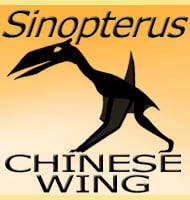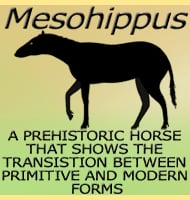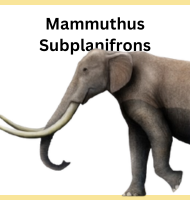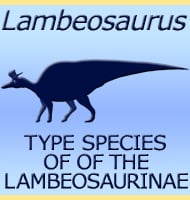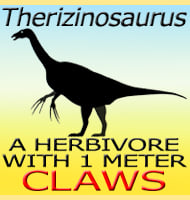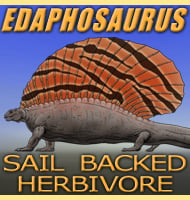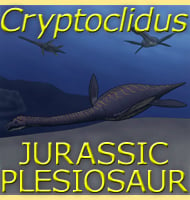In Depth
Just after its description and at the time of writing, there is some uncertainty as to exactly how old Aurornis are. The type specimen was acquired from a fossil dealer in China and was labelled as coming from the Tiaojishan Formation which is Oxfordian (late Jurassic) in age. However the describers now recognise the possibility that the holotype may have actually come from the Yixian Formation which is Barremian/Aptian (early Cretaceous) in age.
If the original description of Aurornis as a Jurassic organism is correct then it may hint at an earlier bird evolution than previously thought. If it comes from the Oxfordian then Aurornis were similar to but appeared ten million years before the world famous Archaeopteryx, a genus that many choose to use to mark the dividing line between where dinosaurs turned into birds. However, there is still a lot of on-going debate about Archaeopteryx, with some labelling them as a bird like dinosaurs while others treat them as the first birds.
One key difference between Archaeopteryx and Aurornis is that Aurornis had a much more primitive bone structure, which means that is was less likely to have the ranges of motion necessary for ‘flight strokes’. Aurornis also had a covering of feathers all over the body, but lacked larger flight capable feathers. This in turn suggests that the feathers on Aurornis served an insulatory and display purpose.
At fifty centimetres long Aurornis were fairly big for a potential bird ancestor, but still quite small when compared to predatory dinosaurs in the same ecosystem. Given their size, Aurornis may have hunted for smaller invertebrates like insects and worms that lived amongst the litter of the forest floor.
Further Reading
- A Jurassic avialan dinosaur from China resolves the early phylogenetic history of birds, Pascal Godefroit, Andrea Cau, Hu Dong-Yu, Fran�ois Escuilli�, Wu Wenhao & Gareth Dyke - 2013.

